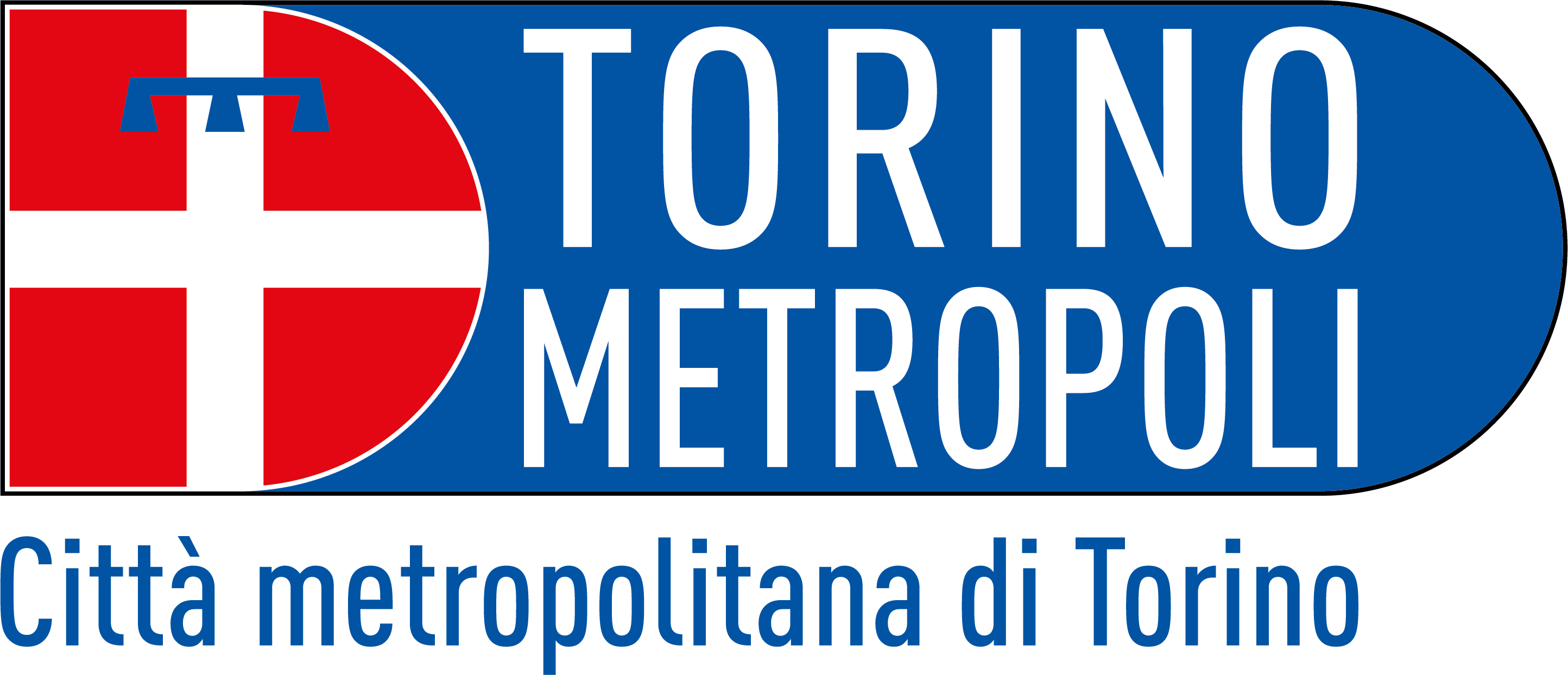The organic waste coming from differentiated collection (kitchen waste, grass clippings and prunings, plant residues) are destined - together with other waste coming from the markets, from the food industries etc ... - to the recovery of material and / or energy in the composting and anaerobic digestion plants.
In the composting plants the natural process of degradation in the presence of oxygen of the organic substances is reproduced, accelerating, with the final production of compost.
In this picture you can see how the compost production cycle takes place in an industrial plant as well as having detailed information on production in Italy.
What is compost?
Compost (or composted soil conditioner) is an organic fertilizer, rich in humus (1), microbial flora (2) and microelements (3), which make it an excellent product suitable for the most varied agronomic uses, from nursery gardening to crops practiced in full field.
How many types of compost exist?
In Italy the production and marketing of Compost is regulated by Legislative Decree n. 75/2010 and the Decree of the Ministry of Agricultural Policies n. 107/2013, which define three categories of soil conditioner based on the components used to produce it:
- Green Compostant Soil (ACV), obtained from:
- maintenance wastes of ornamental greenery (eg grass clippings, twigs, prunings)
- virgin or exhausted pomace (4)
- crop residues
- other plant-based waste
- Mixed Composted Soil (ACM), obtained from:
- organic waste from separate collection (eg food waste from kitchens and canteens)
- digestate of an anaerobic treatment
- animal waste, including zootechnical sewage
- waste of agro-industrial activities
- Mender Composted with Mud (ACF), obtained from:
If you want to learn more about composting, consult the website of the Consorzio Italiano Compostatori (CIC)
Note
1 Complex of organic substances present in the soil, which positively affects the chemical and physical properties of the soil, favoring plant life.
2 Set of bacteria, algae, fungi and plants: on the whole they are also referred to as "Pedoflora" and play an active role in ensuring soil fertility.
3 Essential nutrients for the life of the plants which, although used in very limited quantities, play a fundamental role, since they enter eg in the constitution of enzymes. Among the microelements we remember iron, copper, boron, manganese, zinc.
4 By-product of the olive oil extraction process, consisting of the buccetti, the pulp residues and the peanut fragments. If they still contain oil they are called virgins, otherwise they are called exhausted.
5 Generic term for liquid or solid waste from industrial activities. In this case the waste water, in order to be used to produce compost, must comply with the characteristics required by the specific legislation.
6 A fraction of solid matter contained, for example, in urban and extra-urban waste water, which is removed in the purification plants, to make the waters clarified and ready to be re-released into nature (sea, rivers, lakes, surface soil).
Anaerobic digestion is a process of natural degradation of the organic substance that takes place in the absence of oxygen, with the production of "biogas", a gas mixture consisting mainly of methane (CH4) and carbon dioxide (CO2).
Biogas can be burned to produce electricity, usually via a combustion engine or micro-turbine, or it can be used for cogeneration, generating electricity and using heat to heat the digestion plant itself or for district heating.
In addition to biogas, the so-called "digestate" is produced, ie stable organic material composed of lignin and cellulose, but also of a variety of mineral components. The digestate resembles compost but, to be used as a fertilizer, it must undergo a subsequent phase of degradation and stabilization in the presence of oxygen.
